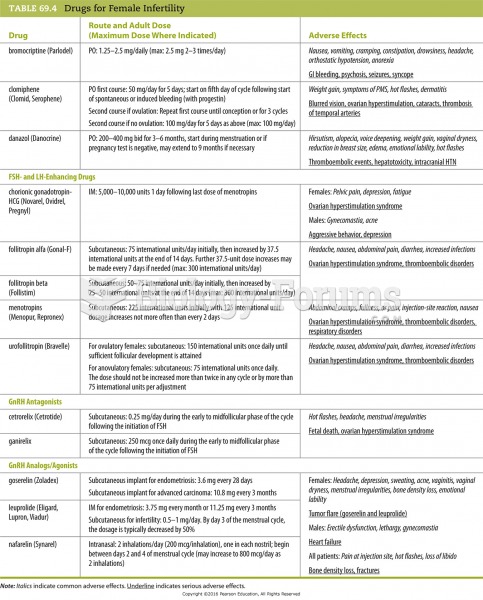Answer to Question 1When a female ferret comes into heat, she will remain in heat if she is not bred. The breeding cycle is
controlled by induced ovulation, meaning the eggs are not released into the womb for fertilization until mating
has taken place. The continued production of estrogen during the heat period can lead to aplastic anemia.
The seriousness of this ailment is the females' loss of weight and the deterioration of her general condition. If
the animal is not bred and she remains in heat, she could die. One should consult one's veterinarian about the
proper course of action, which could be breeding, spaying, or bringing out of heat artificially.
Answer to Question 2Ferrets are easy to feed. They are carnivores. Food for ferrets should be high in animal protein, relatively high
in fat, and low in fiber. Appropriate ferret food should be about 35 percent protein, 20 percent or more in fat,
and less than 3 percent fiber. Commercial diets are being formulated, but labels should be checked carefully.
Dry foods are recommended because they keep the ferret's teeth and gums in good condition, cost less than
moist foods, and are easier to feed.
Answer to Question 3The type of housing depends on the owner's situation. A single ferret should have a cage at least 12 inches
wide, 24 inches long, and 10 inches high. This amount of space will sufficiently house a ferret and provide
space for a litter, feeding, and sleeping area; however, a ferret is very active and, if kept in this size of cage,
should be allowed out frequently for exercise.
Cages that are 24 inches wide, 24 inches long, and 14 inches high are more desirable. A cage approximately two
feet wide and four feet long is appropriate for a pair of ferrets; this allows plenty of room for a sleeping or nesting
box, a litter box, and space for exercising. Cages of this size can easily be constructed from wood and wire screen.
Glass aquariums are not desirable because they do not allow air to circulate and can become overly warm
in the summer.
Whatever is used to house a ferret, two things should be kept in mind: (1) If there is a way to escape
from a cage, a ferret will find it. All materials should be of good quality, and latches on the doors should lock
securely. (2) Ferrets enjoy watching activity around them. Cages should be constructed to allow ferrets to see
out and observe what's going on; they want to be part of the action.
Food bowls should be made of earthenware. These are heavy and almost impossible for the ferret to upset.
A constant supply of fresh water should be available; the large vacuum-type bottles used for rabbits and
guinea pigs are ideal.
Ferrets are very playful, and almost anything will make a suitable toy. Toys that are available for cats will
usually work well for ferrets, but ferrets are harder on the toys than cats. Ferrets chew on the toys and can
break off small pieces. Then, they swallow those pieces, causing digestive tract blockages. Soft rubber toys
should be avoided. Plastic pipes that they can crawl through and plastic milk jugs with holes cut in them provide
ferrets with a place to explore and play.






